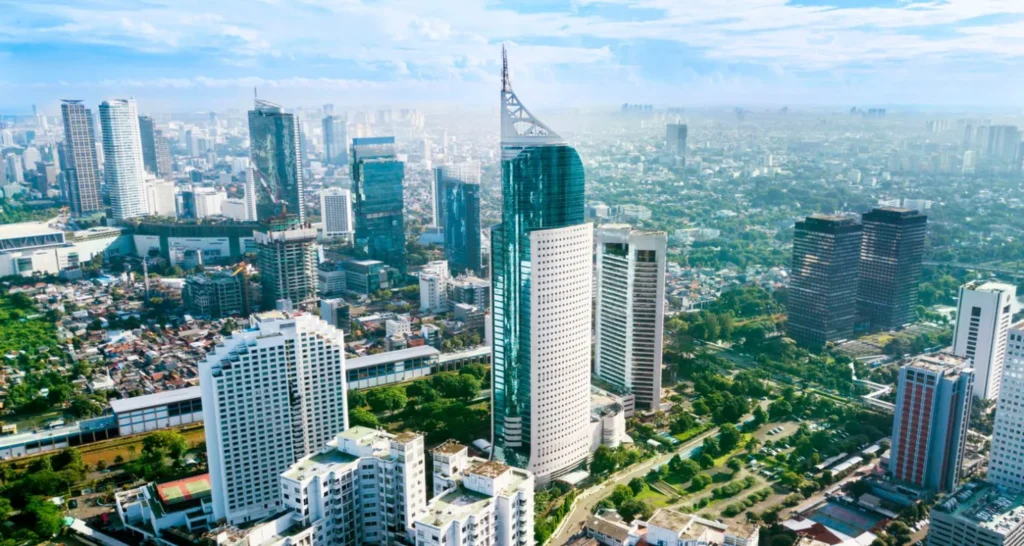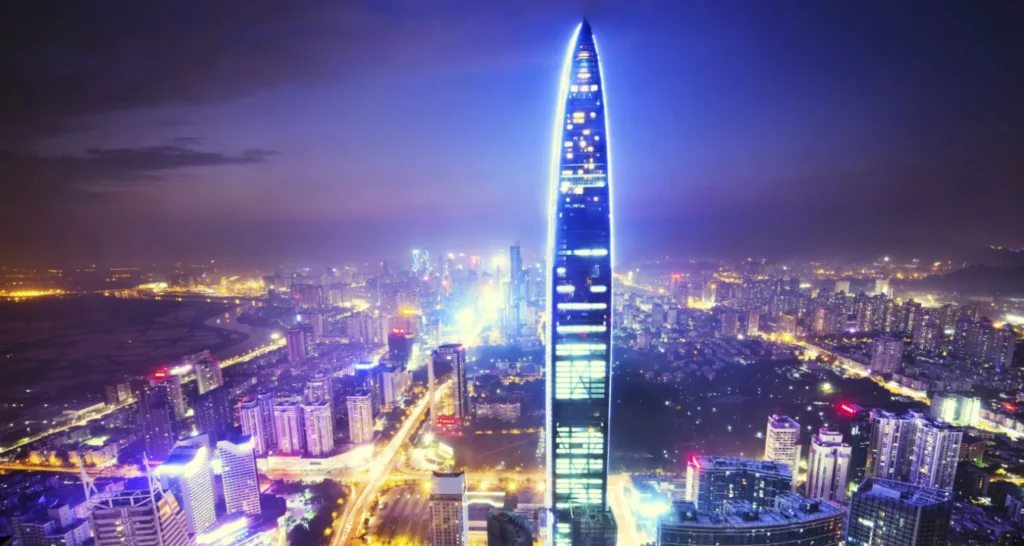Life is On with Schneider Electric Smart City Solutions
Beginning with buildings
Buildings are a core component of our smart cities. They have a range of purposes, from dining, shopping, and sleeping to learning, working, and recovering.
The buildings we enjoy and rely on have one thing in common – they all use energy. In fact, buildings consume around 30% of the world’s energy via their construction and operations and account for almost 40% of annual global greenhouse gas emissions. The construction of new buildings is extremely carbon-intensive, yet 80% of the buildings standing in 2050 will have already been built today, the future retrofitting and adaption of our existing buildings has the greatest scope for decarbonizing the UK building stock.
Buildings encompass a variety of systems that work behind the scenes, from the general electricity we use to the heating, ventilation, and cooling of our rooms. Yet, in many buildings, energy is still wasted on actions like lighting, cooling, or heating unoccupied areas. Fortunately, we can target this wasted energy without impacting the function of the building or the satisfaction of its occupants.
Reducing inefficiencies to become smart buildings
We can connect, collect and monitor data from our buildings and their system components remotely. In doing so, we can use smart analytics to identify inefficiencies or issues with their operations. Not only can this insight help to reduce our carbon emissions, but also to increase the building resiliency by protecting their critical assets and avoid operational losses through unplanned downtime.
Furthermore, occupancy and environmental sensors can inform the way we use spaces. We can analyze usage patterns, which can lead to the improved use of a building with safer and more efficient layouts. Meanwhile, they can ensure comfortable and healthy conditions, and that buildings are well ventilated. With the right approach, digital technologies can meet the needs of the planet and people. Intelligent digital systems in buildings do both.
Unleashing the digital grid to make it smarter
Renewable fuel sources currently account for 30% of the UK’s electricity generation. By 2050, it will be 85%. However, there will also be a significant increase in demand.
Power consumption in the UK is expected to grow 40% by 2050, with e-mobility and residential heating accelerating the trend. How can electric utilities satisfy spiraling demand, while still reducing emissions? We can cut building emissions, but it won’t be enough unless the underlying electrical supply is also clean and efficient. Renewables are making a big impact, but adoption has been slowed by intermittency and a general passiveness from the large-scale utilizes to change their energy mix.
Maintaining grid stability
Centralized power generation will remain critical to grid stability, but distributed energy resources (DER) – such as solar panels, microgrids, and storage – will also be crucial. In 2008 there were 80 points of generation in the UK versus over one million today. More people are generating and storing their own energy and then selling excess power back into the grid. These ‘prosumers’ can help to balance supply issues on the wider grid. However, DERs introduce a lot of additional complexity for operators to consider.
It’s necessary to analyze power flow, capacity, and resilience across a myriad of new sources, and in real-time, to ensure stability. Add e-mobility into the mix and you can see a future that’s not just about moving from point A to point B but as a mobile battery source. The UK has a new form of energy storage and for the first time in history, it’s mobile. Smart meters provide the raw data to anticipate demand, while greater grid automation enables operators to respond quickly to supply interruptions and reduce costs. Only by making our grid ‘smarter’ can we complete the decentralization and decarbonization of energy.
Smart Water
- Plant & Network Energy Performance
- Water distribution Optimization & Loss Management
- Stormwater management and Urban Flooding
- Irrigation Management
Smart Energy
- Smart Grid Asset Management, Smart Generation, Demand Side Management, Utility Services
- Renewables Integration & Micro Grid
- District Heating/Cooling Management
- Gas Distribution Management
- Shore Connection
Smart Buildings & Homes
- Multiple Disparate Buildings Management
- High-Performance Buildings
- Flexible Buildings
- Efficient Homes
Smart Public Services
- Public Safety: Video Surveillance
- Smart Street Lighting Management
- Smart Data Center
- Efficient Data Centers
- Prefabricated Data Centers
- Infrastructure Enabled Management Services
Smart Mobility
- EV Charging Infrastructure & Supervision Services
- Traffic Management
- Tunnel Management
- Tolling Management
- Railway Management
- Airport Solutions
Smart Integration
- City-wide Platforms
- Energy & Sustainability Resource Management
- Urban Efficiency Platform
- District Energy Management Information System
- Cross-domain Application
- Weather
- GIS
- Asset Management
- City Strategy Services
- Sustainability Services
- Smart Cities Advisory Services
- Energy Performance Contracting













